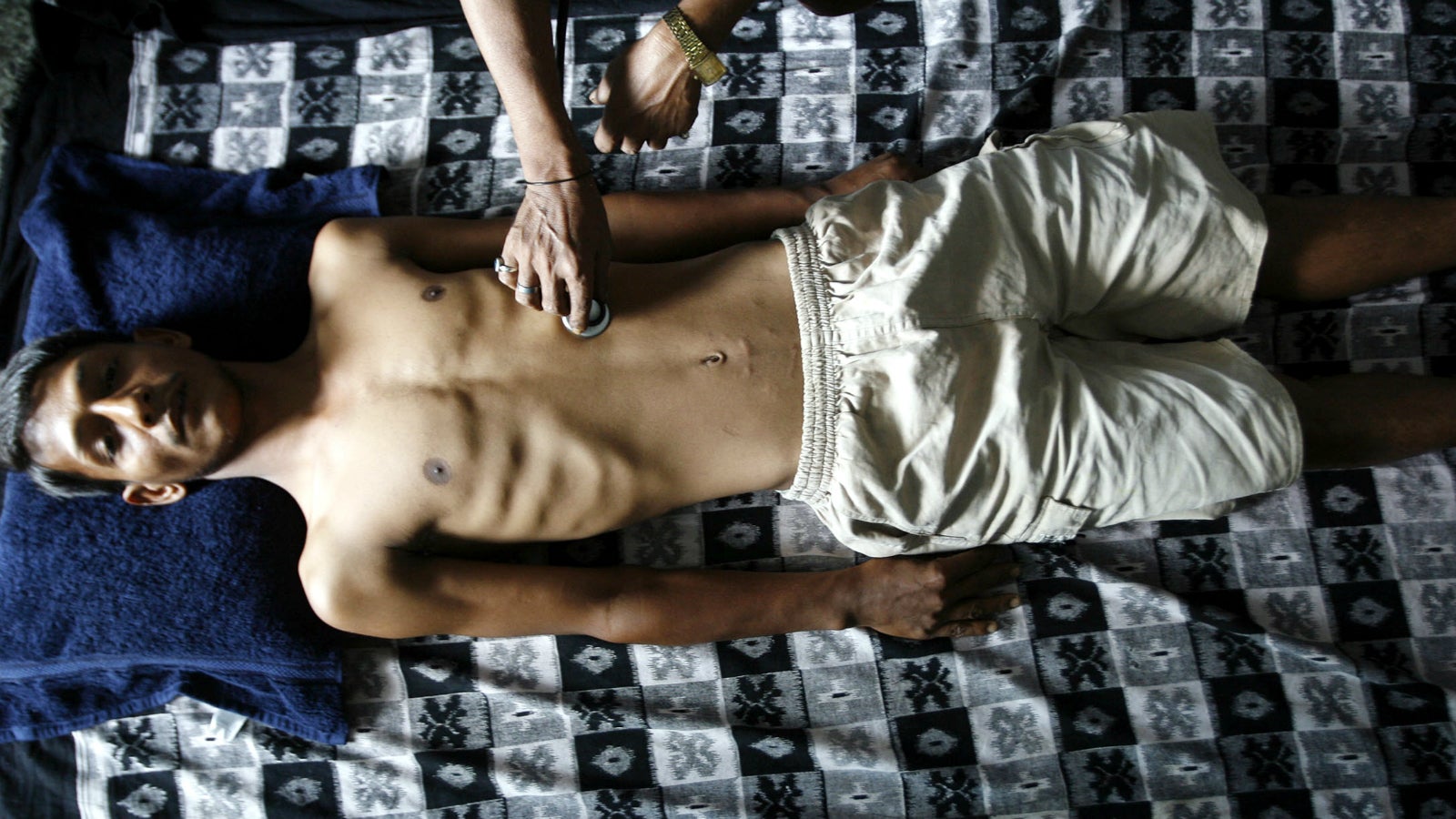Spending public money on Indians with incurable diseases is good for the economy
The main criticism of the recent union budget from the health policy community is the inadequacy of funding. Public health spending in India remains at 1.2% of GDP, compared to around 3% in China and an average of around 6.5% in the OECD countries. The main justification for this is presumably the need for fiscal restraint.


The main criticism of the recent union budget from the health policy community is the inadequacy of funding. Public health spending in India remains at 1.2% of GDP, compared to around 3% in China and an average of around 6.5% in the OECD countries. The main justification for this is presumably the need for fiscal restraint.
In this context, public healthcare spending must primarily be distributed to where it will have the largest impact on human capital, a critical issue for an emerging market like India. Morbidity management is a key but often overlooked part of that healthcare puzzle.
Healthcare spending is typically and appropriately approached from a compassionate point of view. Illness is almost always unpleasant, and can often have tragic consequences for quality of life. So, of course, we should do what we can do to reduce the incidence of disease in society.
But there is another powerful argument for healthcare spending: economic growth. Development depends substantially on capital formation in things like factories, and the ability of a population to interact with this capital. This ability is called “human capital”. A recent study by Eric Hanushek of Stanford University found that nearly 73% of the variation in growth rates across countries can be explained by differences in human capital.
Dignity & productivity
India’s public is acutely aware of the importance of human capital for our development, but we tend to think of it just in terms of skills and education. Health is also important. A healthy worker performs better. This is true of office workers who catch mild viral infections, but especially of labourers who are laid low by physical symptoms. For many agricultural workers, a fall in productivity as a result of illness can quickly become a matter of life and death.
For the security of our economic growth, we need to spend more on health. But while we have this tight fiscal constraint, our second best option is to direct this spending primarily where it will have the biggest impacts on productivity.
We typically think of either preventing or treating ailments. There are obviously high returns to encouraging a healthy lifestyle or fixing a broken leg. But there is a third part of public health management that is just as crucial—enabling people who are affected by incurable diseases to remain functional. Such “morbidity management” helps patients maintain their dignity and productivity. It also reduces their long-run burden on the health system.
This might seem counterintuitive. We might think that maintaining someone is surely more expensive that letting them expire. But this is to forget that a patient is already endowed with a great deal of human capital that has come about at great social expense. They have been fed and educated for many years, developing an adult body and a mature mind. Losing such effective members of society is undoubtedly a great loss even before we consider issues of compassion. This is perhaps part of the government’s justification for the big spend on dialysis in the budget.
Morbidity management is critical in the case of neglected tropical disease (NTDs), especially lymphatic filariasis (LF), which predominantly affects India’s vulnerable agricultural population. Although the elimination of new transmissions of LF is within sight, morbidity management for existing patients is painfully under-resourced. Indeed, recent studies have found that it doesn’t even register on the radar of many relevant institutions. This is despite estimates that the recurring fevers and swelling symptomatic of the disease cause indirect losses in India of between $60 and $85 million annually.
Morbidity management for LF is cheap and effective. Its basics comprise three elements: hygiene, elevation and exercise, and foot and wound care. These practices reduce pain and symptoms, halt the progression of the disease, prevent infection and help patients go about their daily business. The cost-effectiveness of these treatments is enhanced by their preventative effects, which include staving off potentially more crippling and expensive complications like skin infections.
Community-based model
These treatments can be easily provided through a community-based model. Some basic training of local volunteers would equip them to visit homes, demonstrate and help with washing techniques, apply medicated creams and distribute hygiene kits. After only a very small initial investment in training and supplies, this programme becomes largely self-sustaining, keeping costs down.
A community-based approach has the added benefit of raising awareness of LF and similar afflictions, which helps to reduce stigma and ensure psychological support for sufferers.
Morbidity management for LF is an opportunity for a quick win in terms of public health—cheap, effective and essential for patients’ dignity. But it is not an isolated case. There are numerous other examples of diseases, especially among neglected tropical diseases, where morbidity management is overlooked at great cost to the efficiency of the health system.
Amidst all this financial analysis of morbidity management, we should of course not get distracted from the importance of prevention and treatment of disease. But at the same time, and on the same humane level, we must remember that we can only truly claim to have achieved the goals of health advancement if we also help those who cannot be cured to lead fuller lives.
We welcome your comments at [email protected].